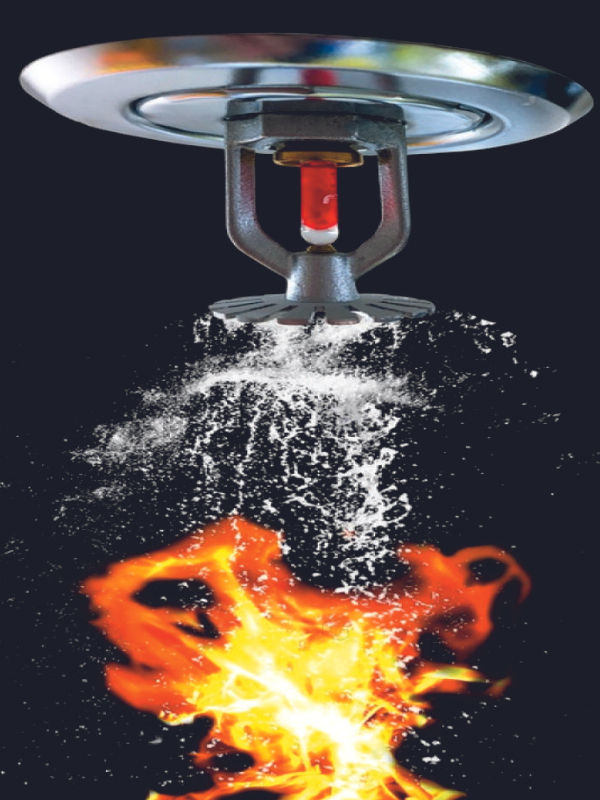Passive Fire Protection
Passive Fire Protection (PFP) is a set of measures designed to prevent or slow the spread of fire and smoke within a building, compartment, or structure. Unlike active fire protection measures, such as fire alarms or sprinkler systems, PFP is a set of measures that are built into the structure of the building itself and do not require any external intervention to be effective.
Examples of PFP measures include fire-resistant materials, such as fire-rated walls, floors, and doors, as well as fireproofing coatings and sprays applied to structural steel and other building elements. Firestopping materials are also commonly used in PFP, to seal gaps and openings in fire-rated walls and floors, preventing the spread of fire and smoke through these gaps.
In addition, PFP may also include the use of smoke and fire dampers, which are installed in HVAC ductwork to prevent the spread of smoke and fire between different areas of the building. Fire barriers and fireproof curtains can also be used to compartmentalize a building, limiting the spread of fire and smoke and providing occupants with safe escape routes.
Proper installation, testing, and maintenance of PFP measures are critical to ensure their reliability and effectiveness. Regular inspections, testing, and repairs can help identify and address any issues that may impact the performance of the PFP system in the event of a fire.
Overall, PFP is an essential aspect of fire safety in buildings, providing an additional layer of protection beyond active fire protection measures. Proper implementation of PFP measures can help minimize the spread of fire and smoke, reduce property damage, and most importantly, save lives.


